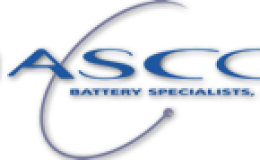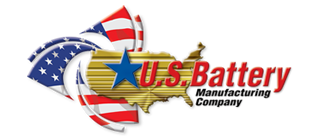All batteries and cells, from the very early Babylonian Cell to the batteries and cells that power the Mars Rover, are electro-chemical devices.
In primary batteries and cells the chemical reaction that produces the electricity is not reversible, thus the battery or cell is not rechargeable. In secondary batteries and cells the chemical reaction is reversible resulting in a rechargeable battery or cell. Batteries are often identified by their chemical make up, commonly referred to as the “battery or cell chemistry”. Some of the more common battery and cell chemistries are listed below.
PRIMARY BATTERIES & CELLS
- Alkaline
- Carbon-Zinc
- Lithium Thionyl Chloride
- Zinc Air
- Lithium Sulfur Dioxide
- Lithium Manganese Dioxide
- Silver Oxide
- Sealed Lead-Acid
- Nickel Cadmium
- Nickel Metal Hydride
- Lithium Ion
- Lithium Polymer
- Never solder or apply heat directly to batteries or cells.
- Never disassemble batteries or cells.
- Never short circuit a battery.
- Never wear rings, watches, necklaces or other jewelry that might short circuit a battery or cell.
- Never attempt to charge a primary battery or cell.
- Never charge a battery or cell in an gas tight enclosure.
- Never mix cells of different chemistries in the same circuit.
- Always provide adequate ventilation when charging batteries.
- Always wear eye protection when handling or working near batteries and cells.
- Always check polarity before charging batteries or cells.
- Always dispose of batteries and cells in compliance with laws and regulations in your area. Most batteries can be recycled.
- The above are general guidelines for battery safety and are by no means all inclusive. Consult the manufacturer of any battery that you are using for specific safety instructions.
- It is important to note that batteries are always “live” and should be handled with caution.
Interested in joining the ranks of our distributors?
Give us a call, and learn more about what we can do together!





























